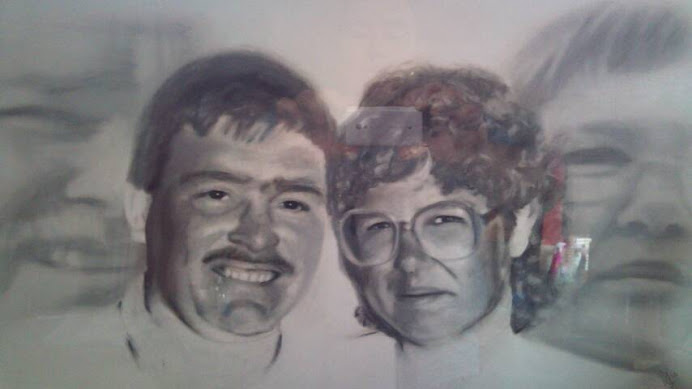Along with the previous photograph and diagram in earlier Blog posts. This is the locking device into which the protrusion with the hole sits. You can just make out the tiny piston that moves up and down in and out if the hoke in the protrusion in order to lock the fuel flap.
17 May 2013
Renault Clio Fuel Flap Failure photographs
This photograph supports the diagram and explanation provided in an earlier Blog post. The photograph shows the masking tape used to protect the bodywork and the protrusion from the fuel cap into which the piston locks. The white bit at the top of the protrusion is 'blu tak' used to fill the hole after which electrical tape was wrapped around to prevent the piston slipping back into the hole when the car was locked and unlocked in the future. The hole goes all the way through the protrusion and therefore the piston can be accessed from below and pushed up with a long thin screwdriver to disengage the lock.
Renault Clio Fuel Flap Failure
The fuel flap on the Renault Clio belonging to one of our daughters failed in the locked shut position. A search of on-line forums provided a release method but no images or diagrams. So I have uploaded an explanation to assist anyone out there who is faced with a possible huge repair bill.
Repair methods
(1) If you model has a release cable inside the boot on the same side as the fuel flap then use the cable to release the fuel flap.
(2) If the piston or release mechanism is near an air-bag operating cylinder or air bag device as mentioned in some forums, please exercise common sense and stay well clear as you may inadvertently operate the airbag with catastrophic results and possible serious injury.
(3) If there is no release cable and you want to try to release the fuel flap to gain entry to the fuel cap then:
(A) use masking tape to cover and protect the area below the fuel flap and at the bottom of the fuel flap against damage,
(B) use a long thin screwdriver inserted from the bottom of the fuel flap and aimed at a small circle some 0.5 cm in diameter to press the centre of the circle and thereby push up a piston from the hole to disengage the lock
(C) when the fuel flap is open use electrical tape or similar to tape the piston into its housing and to wrap around the holed assembly attached to the fuel flap to prevent the piston re-engaging into the lock
Notes: you need to use masking tape to protect the bodywork and the lower part of the fuel flap or you will damage the paintwork. Do not try to prise the flap open fully without disengaging the piston as you will damage the mechanism. You can use a torch and by slightly prising the fuel flap from the left hand side you will see the piston. On our Clio it looked like a small black circle.
Repair methods
(1) If you model has a release cable inside the boot on the same side as the fuel flap then use the cable to release the fuel flap.
(2) If the piston or release mechanism is near an air-bag operating cylinder or air bag device as mentioned in some forums, please exercise common sense and stay well clear as you may inadvertently operate the airbag with catastrophic results and possible serious injury.
(3) If there is no release cable and you want to try to release the fuel flap to gain entry to the fuel cap then:
(A) use masking tape to cover and protect the area below the fuel flap and at the bottom of the fuel flap against damage,
(B) use a long thin screwdriver inserted from the bottom of the fuel flap and aimed at a small circle some 0.5 cm in diameter to press the centre of the circle and thereby push up a piston from the hole to disengage the lock
(C) when the fuel flap is open use electrical tape or similar to tape the piston into its housing and to wrap around the holed assembly attached to the fuel flap to prevent the piston re-engaging into the lock
Notes: you need to use masking tape to protect the bodywork and the lower part of the fuel flap or you will damage the paintwork. Do not try to prise the flap open fully without disengaging the piston as you will damage the mechanism. You can use a torch and by slightly prising the fuel flap from the left hand side you will see the piston. On our Clio it looked like a small black circle.
Subscribe to:
Comments (Atom)

Custom Search







